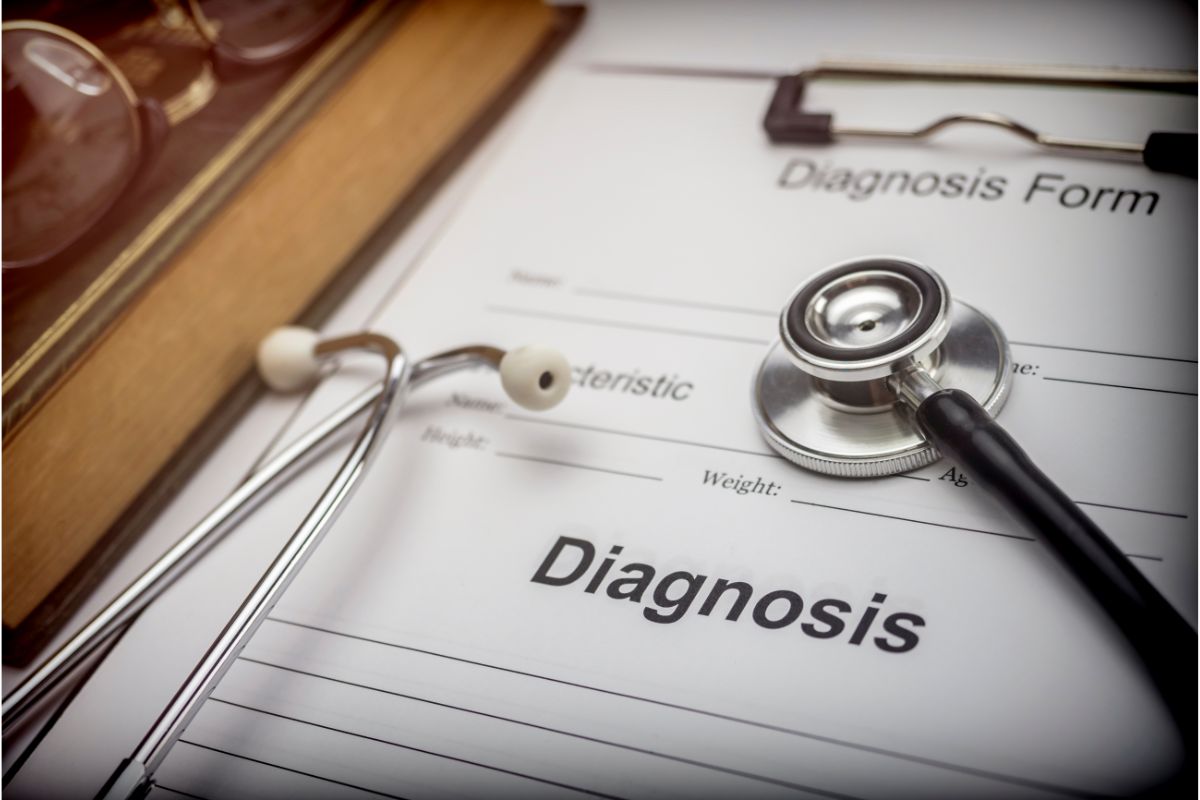
Understanding The DSM (What You Need to Know)
You’ve probably heard the term “DSM” tossed around in mental health spaces, maybe during a therapy session, a psychology class, or while searching for answers about a loved one’s struggles. But what exactly is the DSM-5—and why does it matter?
Lake Avenue Recovery helps you make sense of diagnoses like those found in the DSM, so you can focus on healing, not just labels. Now let’s talk about the DSM-5—what it is, how it works, and why understanding it could be the first step toward clarity and recovery.
Call Lake Avenue Recovery today at (508)794-4400 to start mental health treatment in Massachusetts.
What Is the DSM-5?
The DSM, short for Diagnostic and Statistical Manual of Mental Disorders, is essentially the mental health world’s guidebook. It’s used by professionals—psychiatrists, psychologists, counselors, social workers—to identify and categorize mental health conditions.
Think of it as a shared language for mental health. It ensures that if someone is diagnosed with generalized anxiety disorder in Massachusetts, another clinician in California—or even overseas—will know exactly what that diagnosis means.
Why the DSM-5 Matters
You might wonder, “Why do we need a book to describe mental health?” The answer is both clinical and deeply personal.
Here’s why it’s so important:
- Standardized diagnoses: It helps professionals use the same criteria worldwide.
- Insurance purposes: Many insurance providers require a DSM diagnosis to cover treatment.
- Research and treatment planning: Researchers and clinicians use DSM terms to develop therapies, medications, and care strategies.
- Validation: For many people, a diagnosis gives a name to what they’re going through—it makes the invisible feel seen.
That last one matters a lot. Knowing that what you’re experiencing is real and recognized can be incredibly healing.
Understanding How the DSM Classifies Mental Disorders
The DSM-5 isn’t a list of “problems”—it’s a structured way to describe patterns of behavior, thoughts, and emotions that impact someone’s ability to live a full life.
Disorders are grouped into categories such as:
- Anxiety Disorders: panic disorder, phobias, generalized anxiety
- Mood Disorders: major depression or bipolar disorder
- Neurodevelopmental Disorders: such as attention-deficit/hyperactivity disorder (ADHD) and autism spectrum disorder (ASD)
- Personality Disorders: borderline personality disorder (BPD) or narcissistic personality disorder
- Psychotic Disorders: including schizophrenia
- Trauma- and Stressor-Related Disorders: such as post-traumatic stress disorder (PTSD)
Each condition has specific diagnostic criteria. For example, depression isn’t just “feeling sad.” According to the DSM-5, it involves at least two weeks of symptoms like low mood, loss of interest, sleep issues, and more.
How Do Professionals Use DSM-5?
Mental health professionals don’t just flip to a page and hand out a label. Diagnosis is a process.
Here’s how it typically works:
- Initial conversation and assessment: A clinician talks with you about your symptoms, history, lifestyle, and how things are affecting you.
- Screening tools and evaluations: These might include questionnaires or psychological tests.
- Comparing with DSM criteria: The clinician checks if your experiences match the patterns described in the DSM.
Importantly, diagnosis isn’t about judgment—it’s about understanding. It’s meant to open the door to support and solutions, not limit you.
When Should You Consider Getting a Diagnosis?
Not everyone struggling needs or wants a formal diagnosis. But in some cases, it can be incredibly helpful.
You might want to explore a diagnosis if:
- You’ve felt overwhelmed, anxious, or down for a long time
- Your emotions or behaviors are interfering with daily life
- Friends or family have noticed concerning changes
- You want clarity on what you’re going through
Even if you’re unsure, speaking to a therapist or counselor is a good first step.
The Impact of a Diagnosis
Getting a diagnosis can feel like a lot. It might bring relief, fear, hope, or even confusion. And that’s okay.
Here’s what a diagnosis can offer:
- A clearer path forward: Knowing what you’re dealing with helps guide treatment.
- Access to appropriate care: Therapy, medication, or support groups often align with specific diagnoses.
- Self-understanding: You learn more about your patterns, triggers, and needs.
- Community: You find others walking a similar path.
But remember: a diagnosis is a tool, not a sentence. It doesn’t define you. It just helps you understand part of your mental health story.
Limitations of the DSM: What It Doesn’t Tell You
While the DSM is incredibly useful, it’s not perfect.
Some of its limitations include:
- It focuses on symptoms, not causes: The DSM doesn’t explain why a disorder happens.
- Cultural differences can be overlooked: Some experiences might be misunderstood or misdiagnosed if they’re not typical in Western contexts.
- It’s constantly evolving: What qualifies as a “disorder” can change over time, which means the manual reflects the current understanding—but not the full human experience.
That’s why clinicians use it alongside empathy, cultural awareness, and their own professional experience.
Moving Forward With or Without a Diagnosis
Whether you already have a diagnosis, are seeking one, or are simply trying to understand mental health better—know this: You are not alone. Recovery isn’t a straight line, and the DSM isn’t the whole story. But it can be a helpful chapter.
Lake Avenue Recovery is here to walk that chapter with you—offering compassionate care, personalized treatment, and a path toward real healing. Reach out to us today to begin mental health treatment in Massachusetts.
